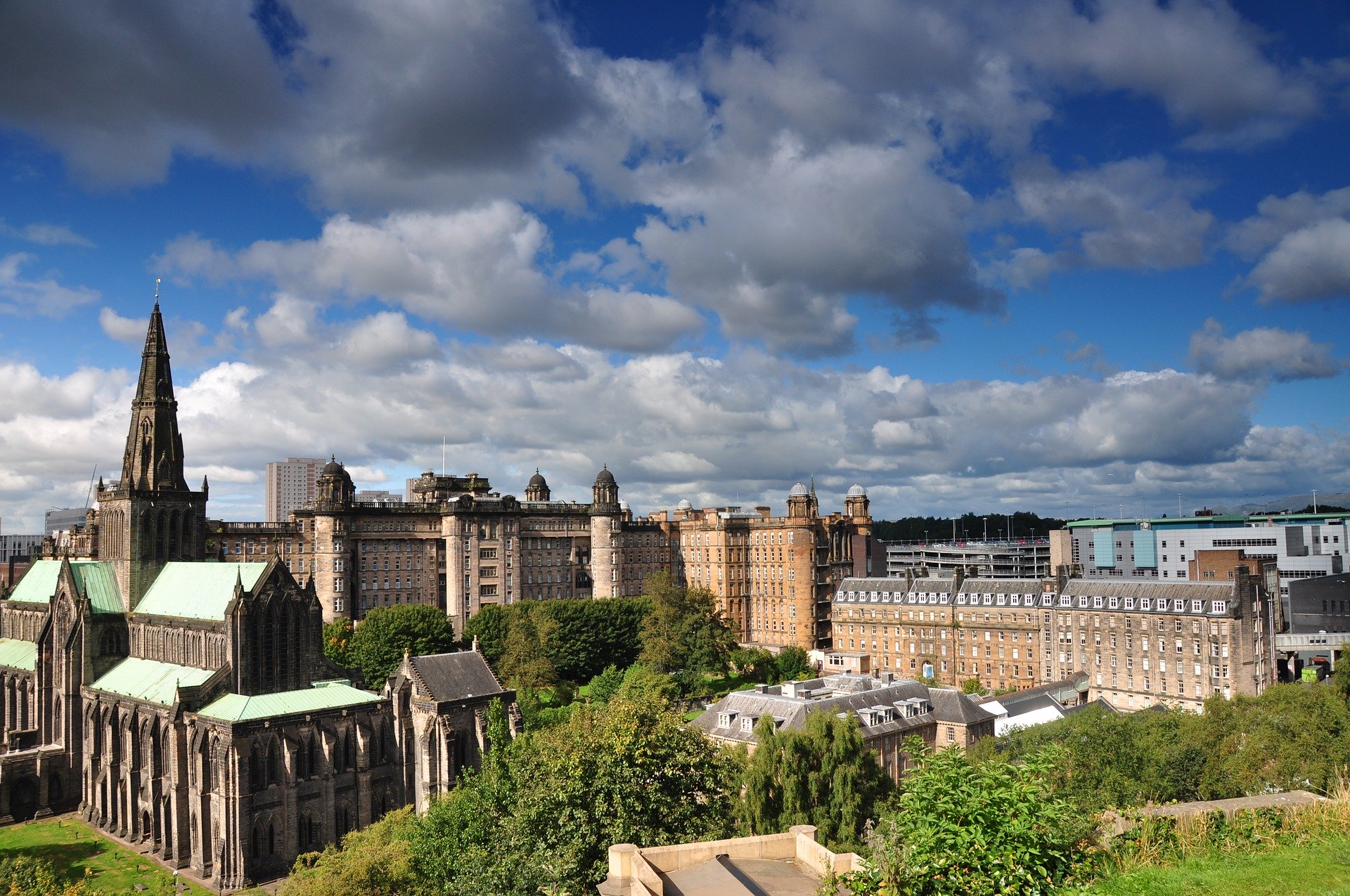And finally… Experts assess Empire’s mark on key Scottish buildings
Researchers are reappraising Scotland’s built heritage to form a fuller picture of the British Empire’s impact on the country’s historical architecture.

Experts will take a fresh look at key buildings and landscapes to better understand the legacy of imperialism and its belief in the racial superiority of white people – particularly in relation to the transatlantic slave economy.
The research network, which includes architecture and heritage specialists from the University of Edinburgh, will facilitate discussions on how those influences are recognised and acknowledged.
Researchers will assess the geographical range – and architectural scope - of the Empire’s influences on Scotland’s built environment.
They will consider how imperialism, white superiority and the beneficiaries of slavery are referenced in the stories of many 18th and 19th century buildings and landscapes.
The team will explore how voices that have previously been hidden in these narratives can be recognised and heard.
A key strand of the project will be to ensure that Black minority ethnic communities are able to recognise and take ownership of their narratives within Scotland’s built heritage.
Managing Imperial Legacies brings together heritage specialists, public bodies and third sector organisations, as well as the wider public.
The two-year project, funded by the Royal Society of Edinburgh, involves the University of Edinburgh, Historic Environment Scotland (HES) and the Coalition for Racial Equality and Rights (CRER).
It will draw on the experience of organisations outside of Scotland who have already engaged with similar questions in their own countries.
Historic sites that will be initially explored include Glasgow Cathedral, Stanley Mills in Perthshire – both of which are in the care of HES – and the Royal Northern Infirmary in Inverness.
Researchers will also seek to understand how widely the legacies of Empire are known, and engaged with, in Scotland.
There are plans to hold a series of workshops, talks, screenings and outreach events. A quarterly newsletter will also be produced.
A dedicated website and Facebook page will highlight new research, stream virtual workshops and lectures and feature podcasts.
Dr Kirsten Carter McKee from the University’s Edinburgh School of Architecture and Landscape Architecture, said: “The current focus on the material legacies of Empire means it’s vitally important that we continue the exploration of the significant role Scotland played in Britain’s imperial past and how we understand these narratives within the context of the present day.“
Alison Turnbull, director of development & partnership at HES, said: “We’re pleased to be partnering with the University of Edinburgh and CRER on this important project. Our historic environment is the story of Scotland – it tells us about our past, and can help us understand our future. Our built environment shows us how Scotland has been shaped by its role in empire, and this project will further examine, explore and uncover that legacy.”



















